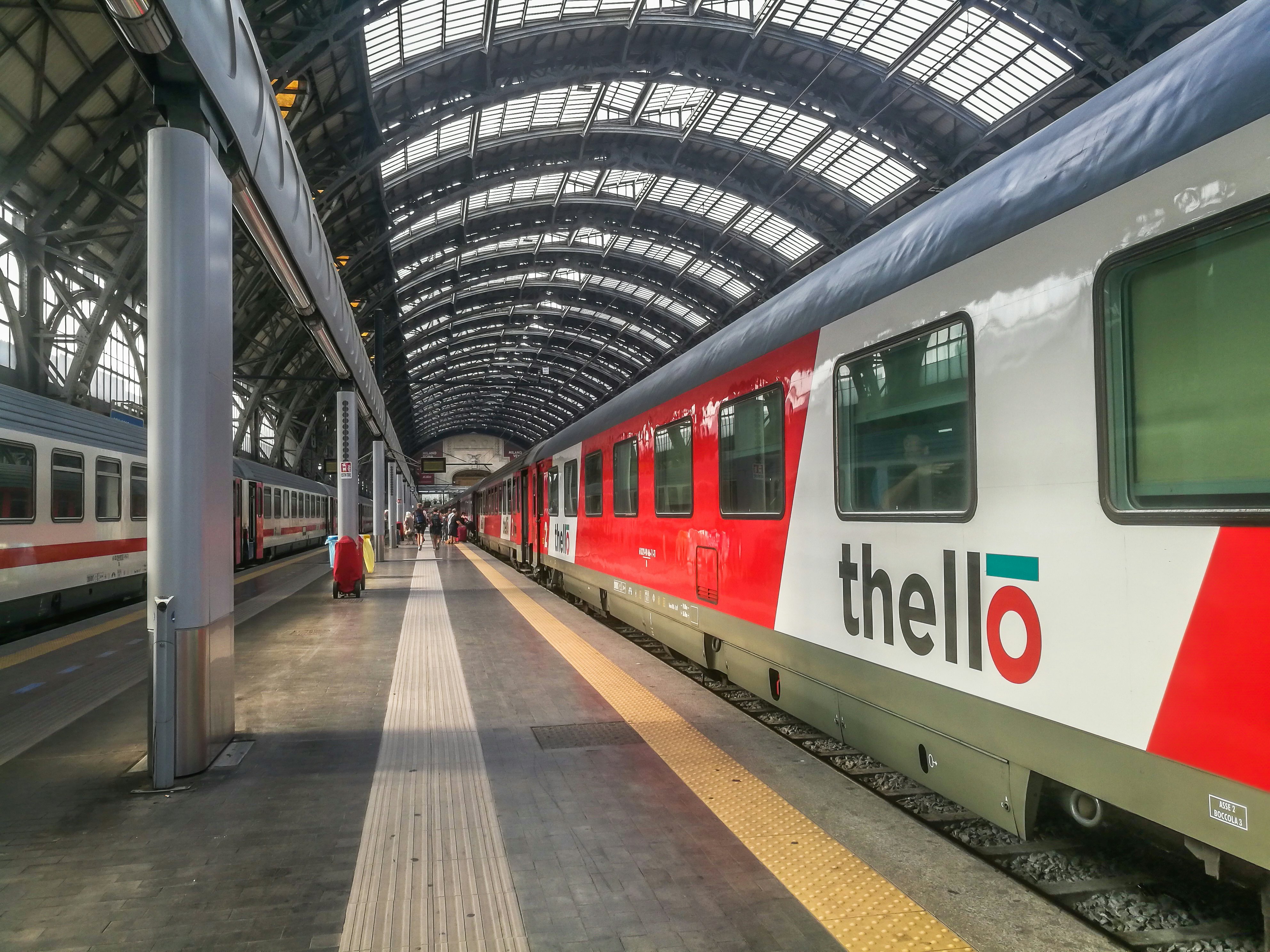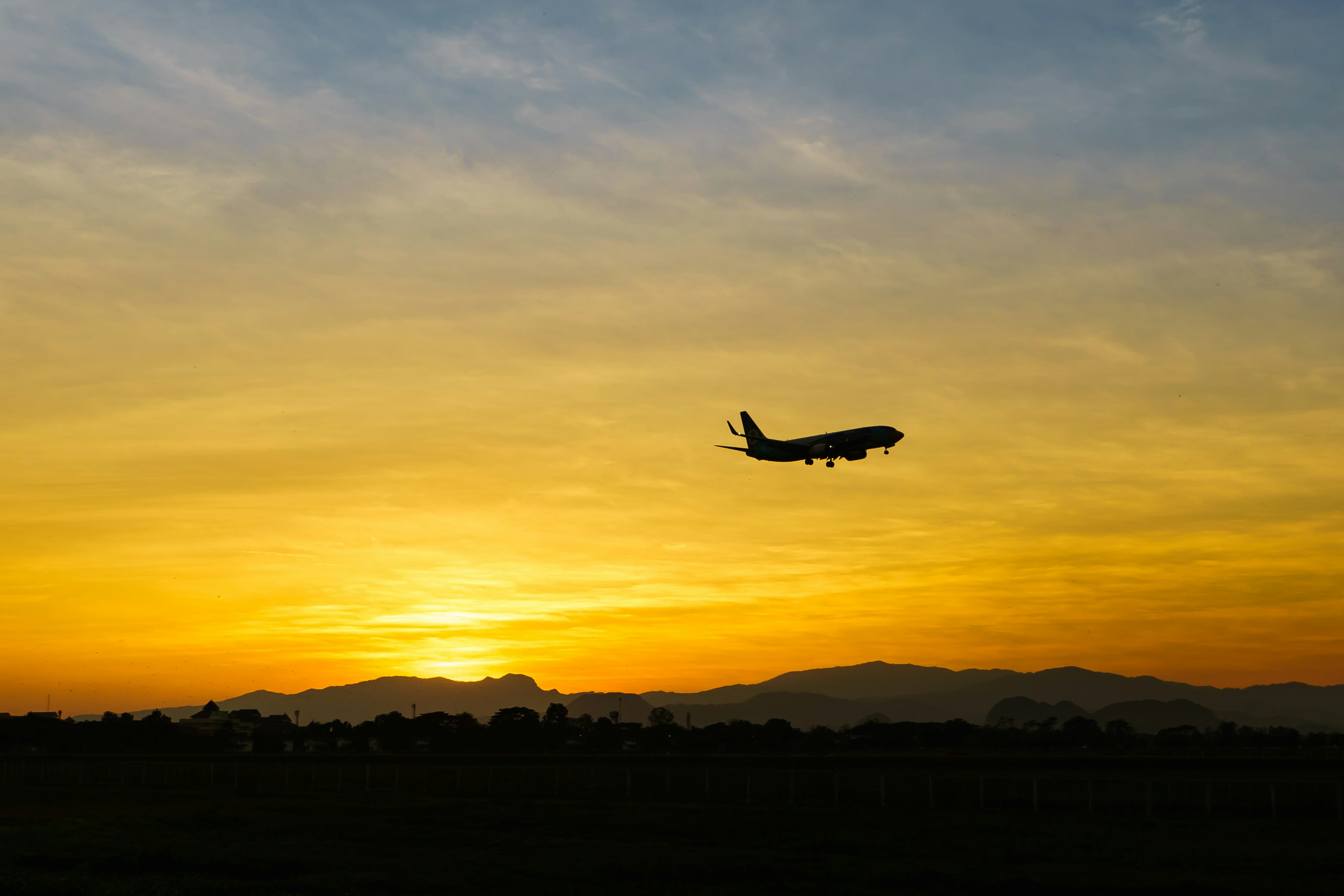
The 30 best countries, cities and regions to visit in 2025
Feb 14, 2020 • 5 min read

Since the Eurostar launched in 1994, air travel has reduced between London and Paris. Justin Foulkes / Lonely Planet
As the climate crisis become harder to ignore, many travellers are looking for more sustainable options, often eschewing aviation and travelling overland instead. Here, Lonely Planet takes a look at five popular European routes, comparing cost, journey time and emissions, to help you choose which method of transport is best.
Air travel between London and Paris has nosedived since the first Eurostar chugged under the Channel in 1994. The high-speed railway is a no-brainer for those travelling between the two capitals; once you factor in the airport rigmarole, the Eurostar works out quicker than the plane, with similar prices. The carbon saving makes the fuel-efficient rail service even more appealing.
Plane: From around £23 with easyJet, excluding seat selection and hold luggage
Train: From £29 with Eurostar
Coach: From £11.99 with Flixbus
Plane: 5 hours (allowing an hour each end to travel to and from the airport, plus 2 hours at the airport)
Train: 3 hours (including 45 minutes at the train station)
Coach: 8.5 hours (including 15 minutes at the coach station)
Plane: 54.4kg per passenger
Train: 2.1kg per passenger
Coach: 12.8kg per passenger (including Eurotunnel)
A quarter of a century after it launched, Eurostar is still the fastest and most sustainable option between London and Paris.

London to Amsterdam is one of the world’s busiest air routes, but Eurostar’s new service to the Dutch capital should change that. Calling at Rotterdam, the train takes around four hours, but currently only runs one way due to border complications. Those complications will be resolved in April this year, increasing interest in this already popular route. Providing further competition is Stenaline, which ferries passengers across the North Sea overnight and allows them to continue by train to any Dutch train station.
Plane: From around £16 with easyJet, excluding seat selection and hold luggage
Train: From £35 with Eurostar
Coach: From £21 with BlaBlaBus
Ferry: From £83 (“rail and sail” fare, includes cabin)
Plane: 4 hours 45 minutes
Train: 4 hours 40 minutes (return journey around 6 hours)
Coach: 11 hours
Ferry: 12 hours
Plane: 56.6kg per passenger
Train: 3.3kg per passenger
Coach: 15.4kg (including Eurotunnel)
Ferry: 9kg (including train transfers)
From April, when it runs direct both ways, the Eurostar will be a no-brainer for eco-conscious travellers; unless they want to take their bike, in which case the ferry prevails.

With Paris to Milan airfares costing roughly the same as a continental breakfast, the budget carriers are driving a hard bargain on this route. A sweetener for rail passengers is the stunning Alpine scenery that the TGV passes through, and the affordable sleeper service, Thello, which departs Paris every night and arrives in Milan the following morning, before continuing on to Venice. Travellers could also take the coach, but you’d need the patience of a saint to do that.
Plane: From around £9 with Ryanair, excluding seat selection and hold luggage
Train: From £22 with Thello (sharing a 6-berth couchette)
Coach: From £16 with BlaBlaBus and Flixbus
Plane: 5 hours 30 minutes
Train: 11 hours (Thello); 7 hours 30 minutes (TGV)
Coach: 13 hours
Plane: 101.8kg per passenger
Train: 5.1kg per passenger
Coach: 23kg per passenger
Though the plane is the quickest and cheapest option, the train compensates with scenery and CO2 savings.

Rail enthusiasts often talk about the “magic five hours”, which is supposedly how long a train must take before travelling by plane is quicker. Clocking in at five hours (excluding station dwell time), the Stockholm to Copenhagen train is right on that limit and has the added benefit of a self-service buffet car. The train would have been the first service Greta Thunberg took on her overland odyssey to Davos in 2019 and is likely to do well out of the “flight shame” movement, which originated in Sweden.
Plane: From around £38 with Norwegian, excluding seat selection and hold luggage
Train: From £20 with SJ
Coach: From £25 with Flixbus
Plane: 5 hours 10 minutes
Train: 5 hours 30 minutes
Coach: 9 hours 30 minutes
Plane: 86.6kg per passenger
Train: 3.9kg per passenger
Coach: 17.7kg per passenger
In the home of flygskam, the Greta-endorsed train is the cheaper, more sustainable option.

Airlines have an advantage on the Iberian Peninsula, where the two capitals are separated by some formidable scenery. Passengers wishing to travel overland can hop aboard Trenhotel Lusitania, a dated sleeper that runs on stretches of line that are reportedly yet to be electrified. Prices are low, though, and timings favourable; passengers can supper in Madrid and arrive in Lisbon as the first pastel de natas of the day come out the oven. For the really brave there’s an overnight coach.
Plane: From around £24 with Air Europa, excluding seat selection and hold luggage
Train: From £29 with Trenhotel Lusitania (sharing a 6-berth couchette)
Coach: From £9 with Flixbus
Plane: 5 hours 20 minutes
Train: 10 hours 30 minutes
Coach: 8 hours 30 minutes
Plane: 80kg per passenger
Train: 28kg per passenger (parts of line not electrified)
Coach: 17kg per passenger
It’s a committed environmentalist who does this route by rail or road, which work out slower but greener than the plane.
Why you should consider taking the bus to your European city break
Europe's best night trains
Best night train journeys to take in 2020
I'm a Lonely Planet writer and I gave up flying. Here's what happened
*Calculations are approximations, based on data from the Department for Business, Energy and Industrial Strategy (BEIS). According to the BEIS, CO2 emissions per passenger per km are as follows: short-haul flights, 158g; coach, 27g; national rail (unelectrified), 41g; international rail (electrified), 6g; ferry (foot passengers), 19g.